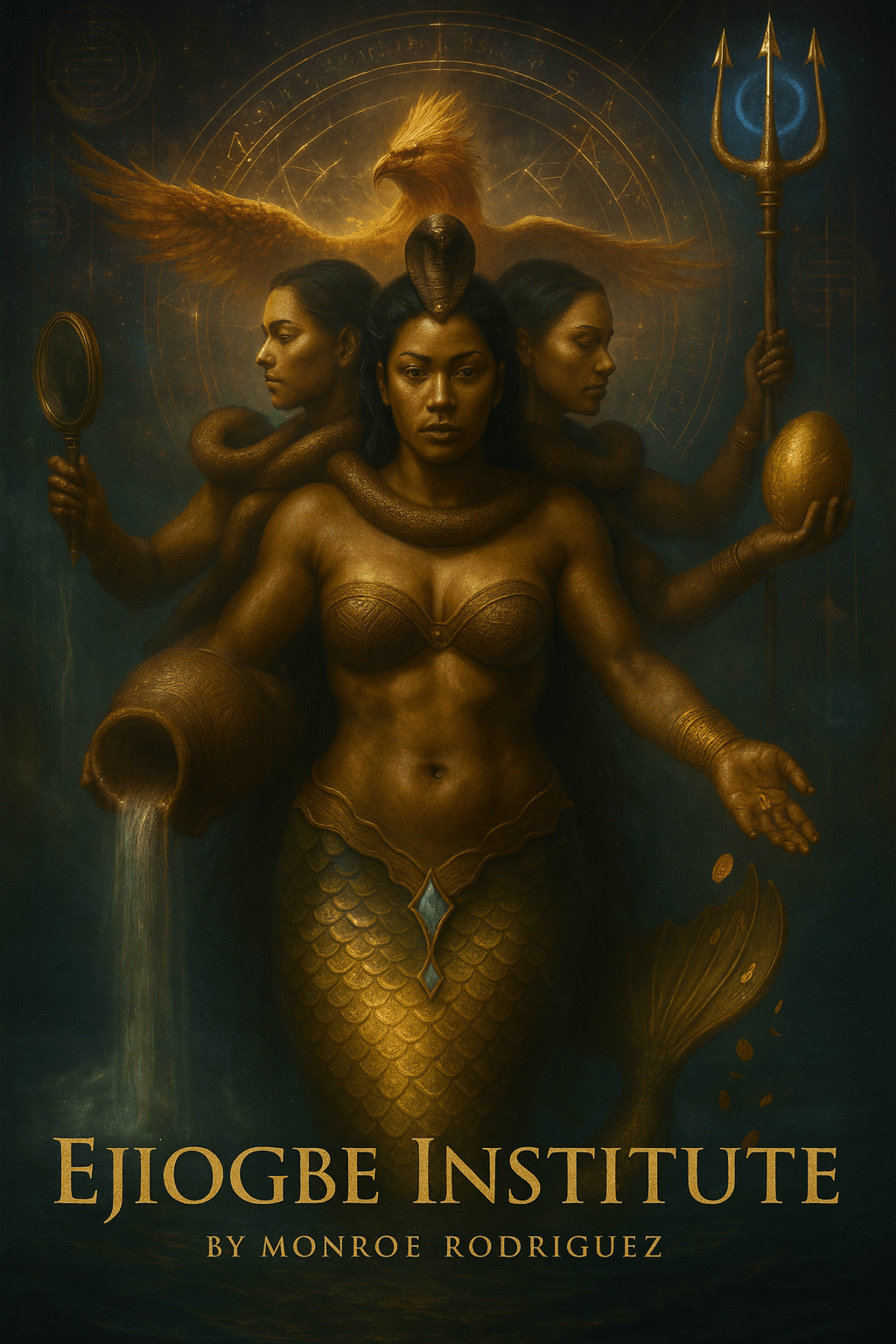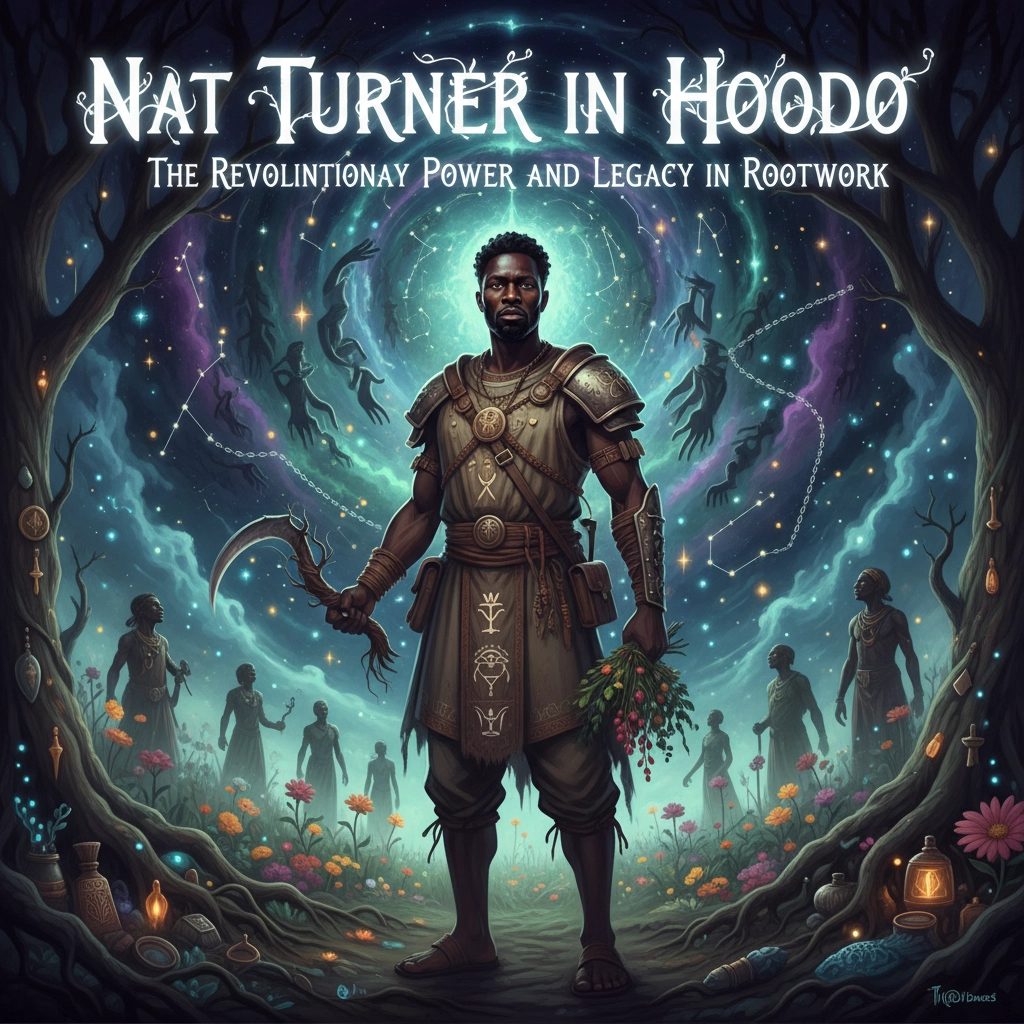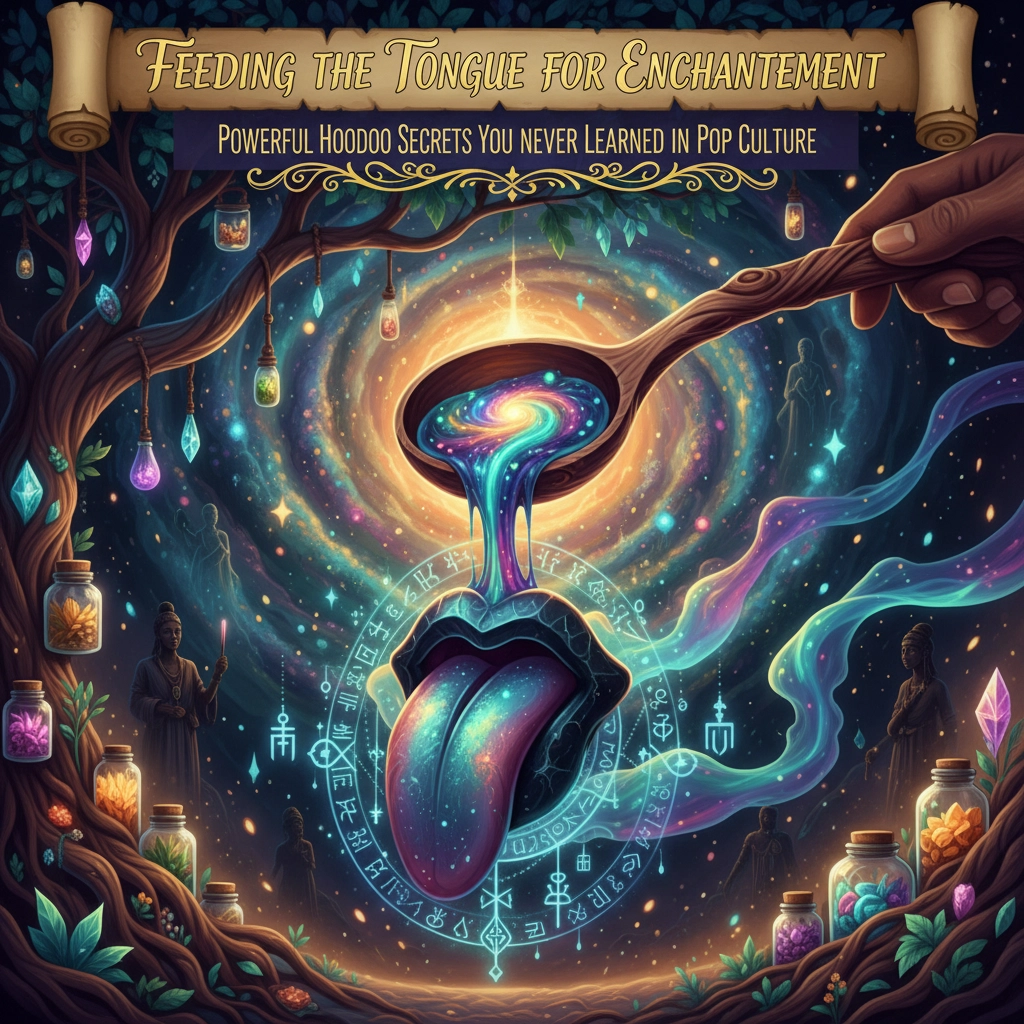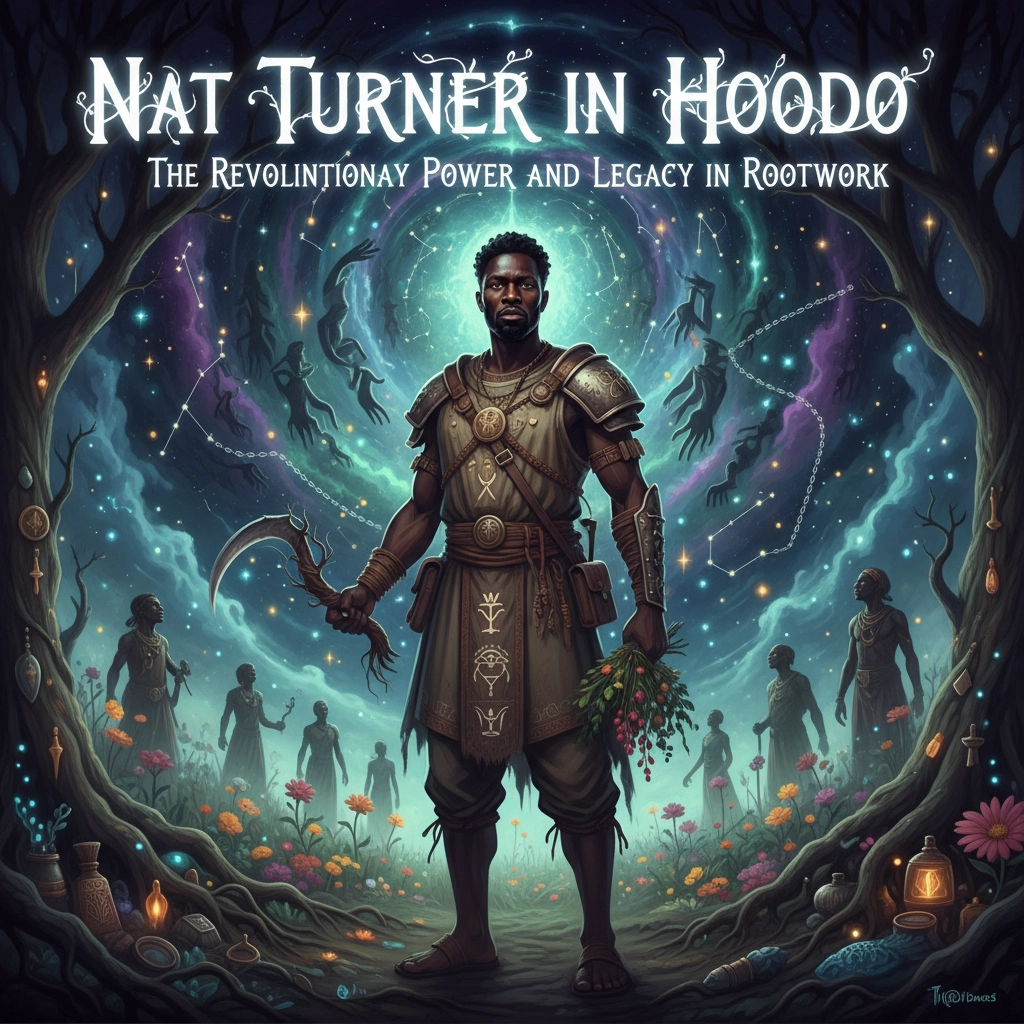What if everything you thought you knew about Nat Turner was just the beginning of his story?
Most people remember Nat Turner as the preacher who led a slave rebellion in Virginia in 1831. But in Hoodoo tradition, Turner transcends his historical role to become something far more powerful: a venerated ancestor, a spiritual revolutionary, and a symbol of divine liberation whose influence continues to guide practitioners today.
This isn't just about remembering a rebellion. This is about understanding how Turner's legacy lives and breathes within the sacred practices of rootwork, where revolution and spirituality dance together in perfect, dangerous harmony.
The Mystic Behind the Revolution
Turner wasn't just angry: he was chosen. While history books focus on the violence of his uprising, Hoodoo practitioners understand something deeper: Turner was a visionary whose rebellion was born from spiritual conviction, not mere desperation.

He read signs in the heavens like ancient prophets. He moved with the unshakeable conviction that liberation wasn't just possible: it was required by divine mandate. Turner saw himself as chosen by God to lead his people out of captivity, and every vision, every prophetic dream, every supernatural sign reinforced this calling.
The system of slavery was designed to strip Black people of every tool of power. Yet Hoodoo, prayer, and prophecy could never be stripped away. Turner embodied this truth: he was living proof that spiritual power could never be enslaved.
His rebellion wasn't just about swords and axes. It was about faith, spirit, and conjure working together as instruments of liberation. Where others saw impossible odds, Turner saw divine intervention waiting to unfold.
When Earth Becomes Weapon: The Red Brick Connection
Here's where Turner's story gets beautifully practical: and deeply spiritual.
During his rebellion, Turner picked up red brick. To most, this might seem like grabbing whatever weapon was available. But in Hoodoo tradition, this act carries profound significance. Red brick dust is one of the most powerful protective tools passed down through generations of practitioners.
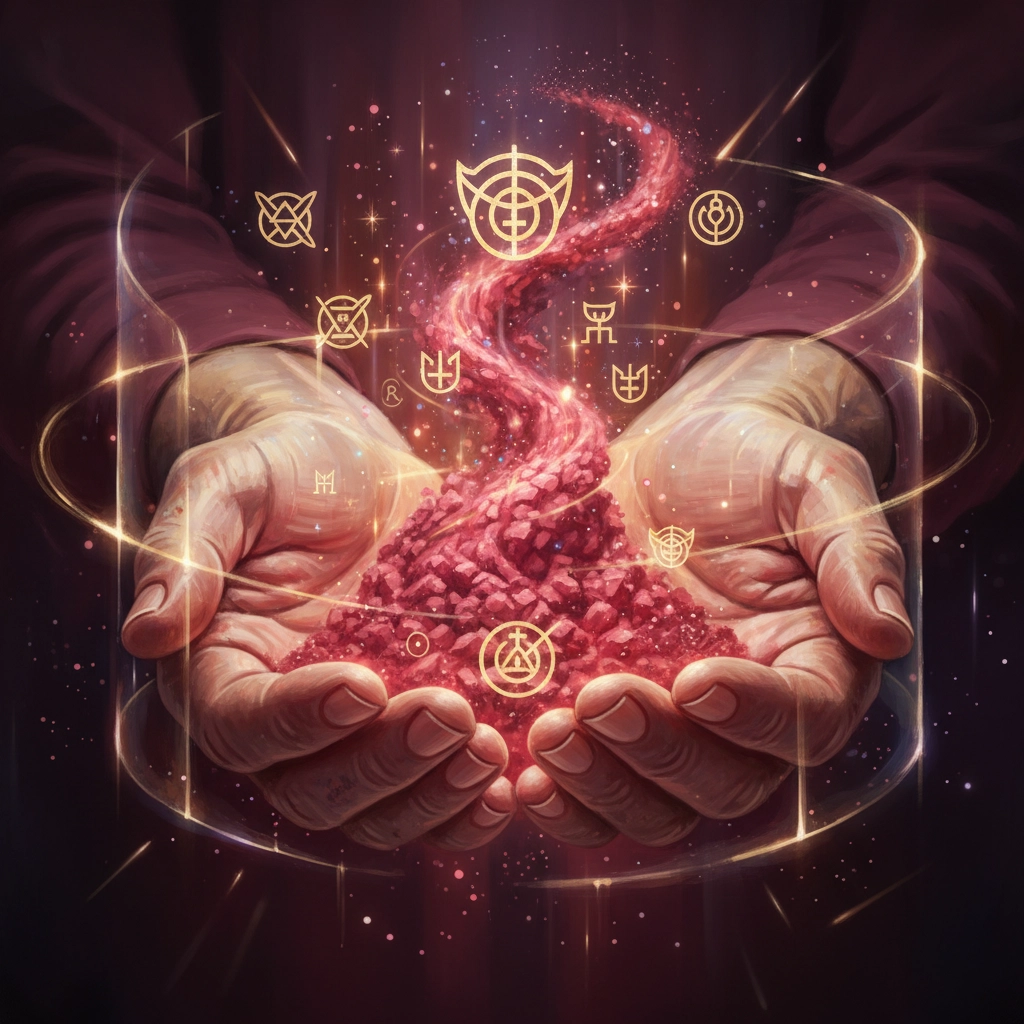
When Turner touched that red brick, he was continuing an ancient tradition of using the Earth's materials for empowerment. Red brick dust in Hoodoo represents harnessing energy and creating barriers against negativity, evil spirits, and malicious intentions. It's grounded in the belief that our connection to the Earth can be a source of power and safety.
This wasn't coincidence: it was ancestral wisdom flowing through Turner's hands. Every enslaved person who scattered brick dust at doorways, who whispered prayers over red clay, who understood that protection came from the ground beneath their feet: they were all connected to Turner's revolutionary moment.
The Earth itself became his ally. The very soil that enslaved people were forced to work became the source of their spiritual defense.
October 2nd: When Ancestors Walk Among Us
Every October 2nd, Hoodoo practitioners observe Nat Turner Day during Hoodoo Heritage Month. But this isn't just remembrance: it's active communion with revolutionary spirit.
The day calls practitioners to remember the fire of revolution, the spirit that rises when bondage becomes unbearable. Recommended observances include lighting a red candle in Turner's honor, saying his name aloud three times, and pouring libations of water or rum for him and all unnamed rebels who never made it into history books.
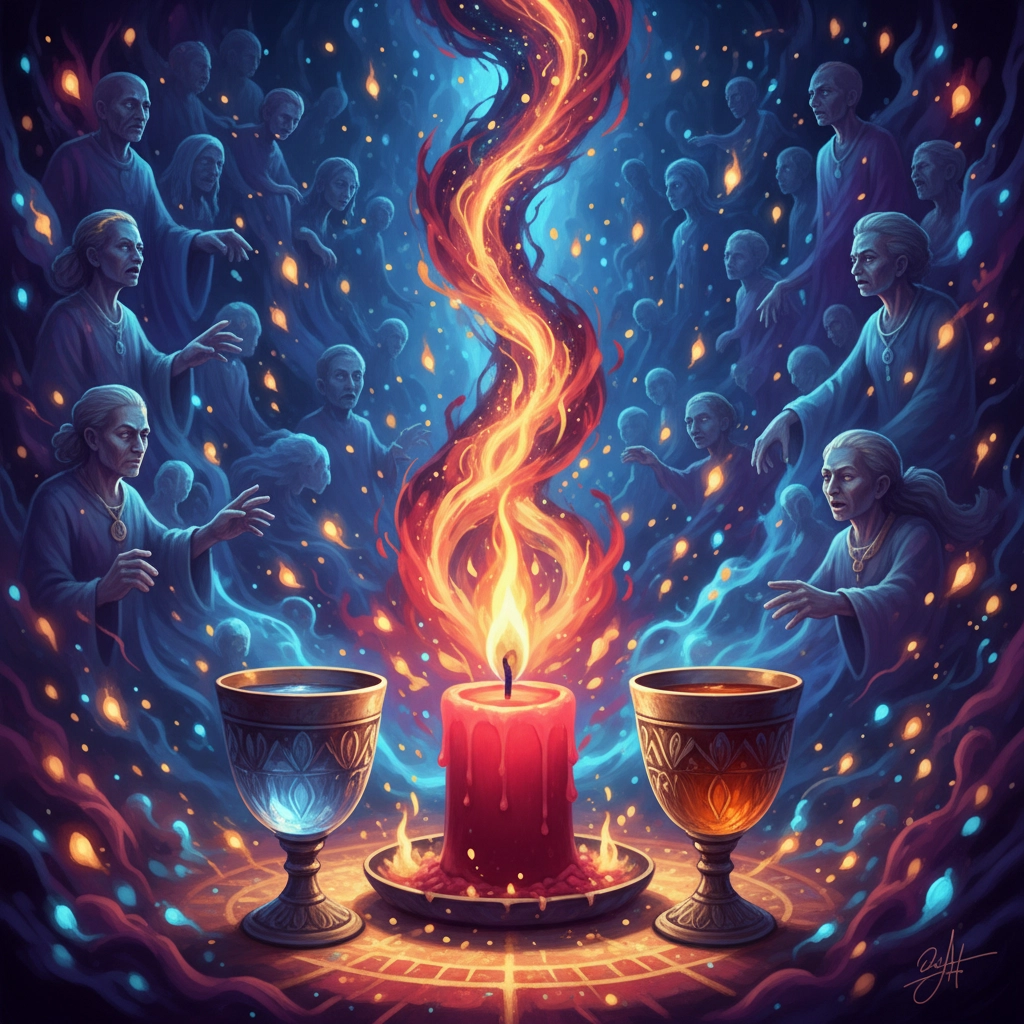
These aren't empty gestures. They're spiritual technologies that bridge past and present, allowing Turner's revolutionary energy to flow into contemporary struggles. When practitioners light that red candle, they're not just honoring the dead: they're invoking the living spirit of resistance.
The ritual asks modern practitioners a challenging question: What are you willing to rise up against? Turner's spirit doesn't just want to be remembered: it wants to be channeled into today's fights for justice.
The Underground Current of Resistance
Turner's rebellion terrified white America because it proved something dangerous: the power of enslavers was fragile, and the enslaved held a spirit that no chain could bind.
Hoodoo has always been the practice of the oppressed finding power in the unseen. From charms of protection to rootwork against overseers, from coded songs to conjure bags, the tradition sustained resistance in ways that history books rarely acknowledge.
Every successful escape involved elements of Hoodoo: water crossings blessed with prayers, charms sewn into clothes, powders sprinkled at thresholds. Every act of survival was a spiritual victory. Turner understood this. His preaching was soaked in the same current of spirit-work that sustained the enslaved community.
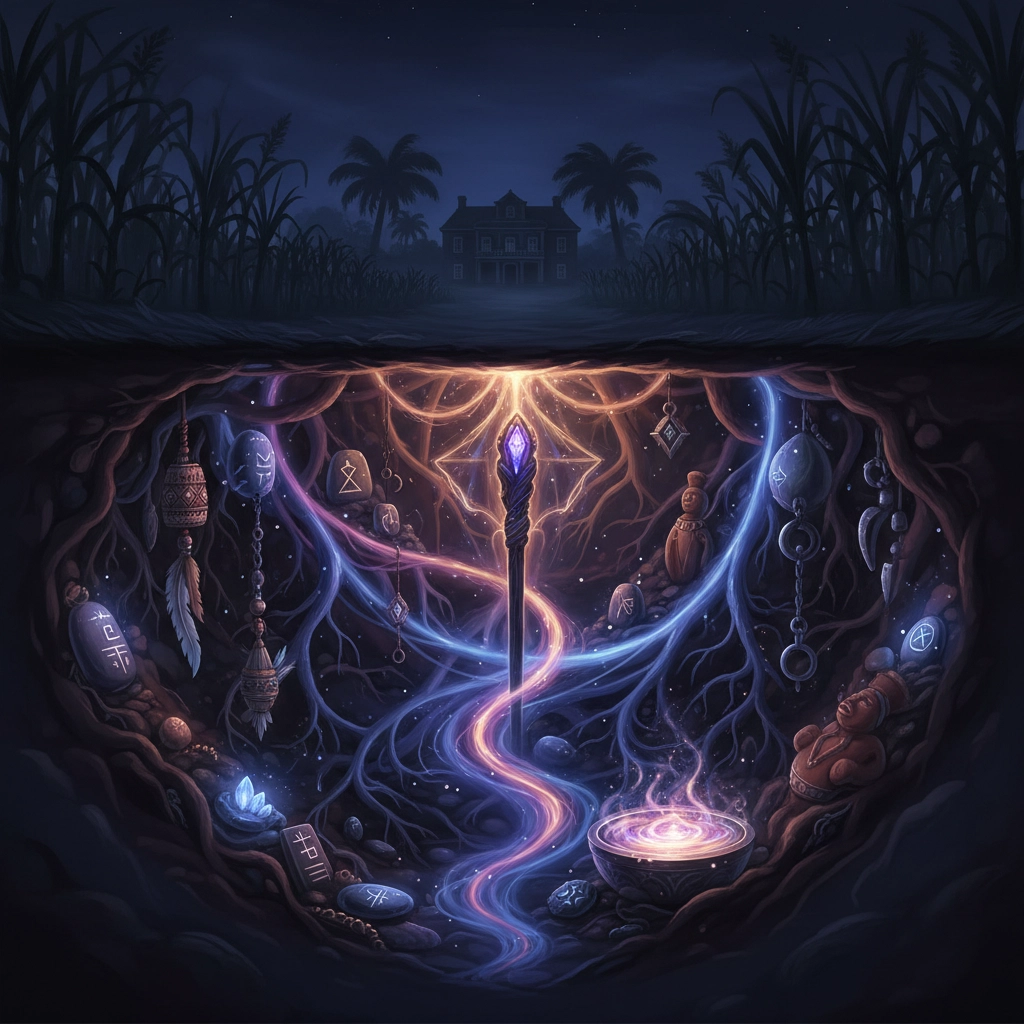
Turner may be remembered as a preacher, but his preaching carried the revolutionary power of conjure. He didn't just preach salvation in the afterlife: he preached liberation in this life, backed by spiritual forces that couldn't be stopped by human oppression.
Faith With Fire: The Complete Revolutionary
Turner's legacy teaches something that makes many people uncomfortable: faith without fire is incomplete.
The practice asks modern practitioners to honor not just ancestors who prayed, but also those who fought. Turner's life demonstrates what happens when people rise up with their whole being: body, mind, and spirit: against systems designed to crush them.
This doesn't mean every practitioner must take up arms. But it does mean that spiritual practice without action against injustice is hollow. Turner's spirit asks: How are you using your spiritual power to fight oppression? How is your rootwork connected to liberation work?
For contemporary practitioners, the rebellion may look different: education, art, healing, dismantling oppressive systems through community organizing. But the spirit remains alive in every act of resistance that refuses to accept "that's just how things are."
The Ancestor Who Never Stopped Fighting
Today, Hoodoo practitioners recognize Turner as a powerful ancestor whose spirit represents courage and the willingness to fight for liberation. His energy is invoked not for vengeance, but for the strength to continue struggles that began centuries ago and continue today.
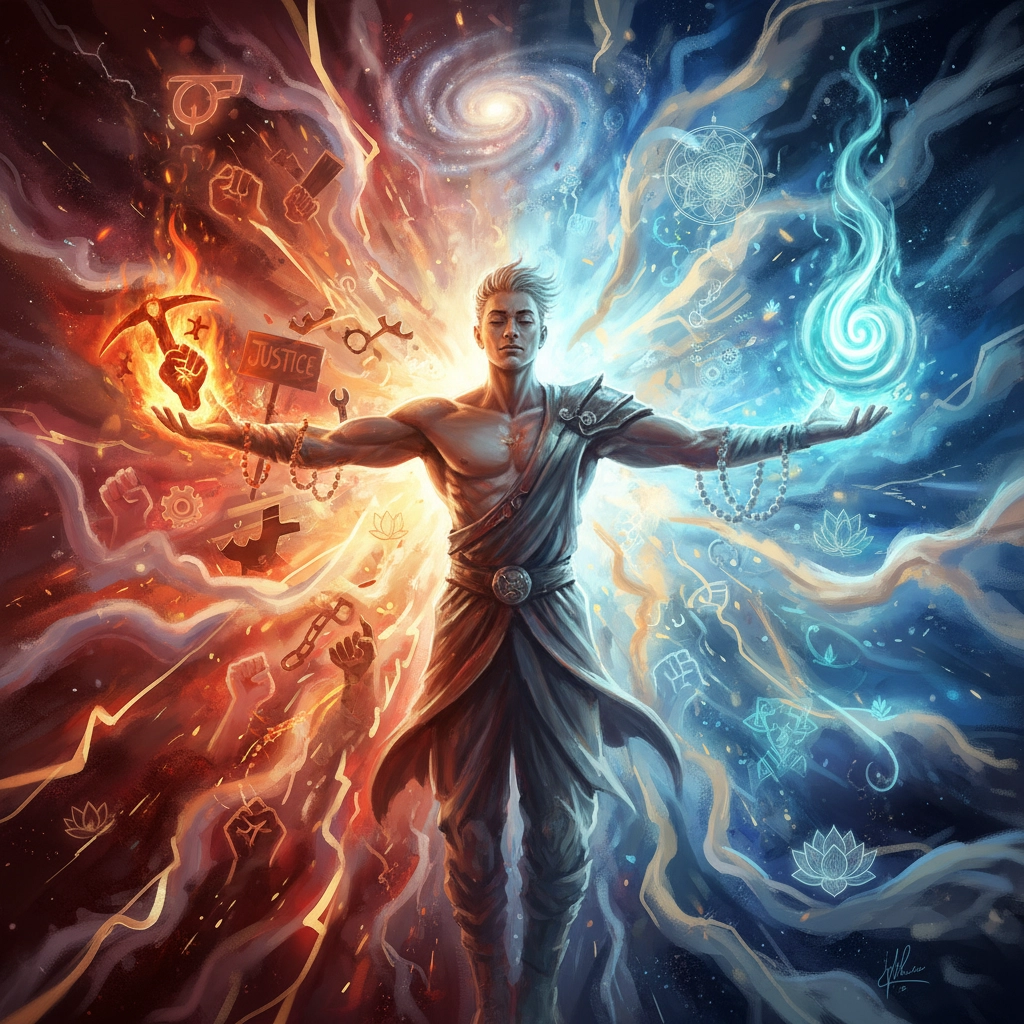
Turner's commemoration serves as a reminder that resistance is not always gentle, and sometimes survival requires fire. The spiritual rebellion he embodied continues to inspire practitioners who seek to protect their communities and resist oppression.
When practitioners call on Turner's spirit, they're accessing the same revolutionary energy that turned a preacher into a liberator, that transformed spiritual visions into physical action, that proved the enslaved were never truly powerless.
His legacy lives in every moment when someone refuses to accept injustice, every time spiritual practice becomes the foundation for social action, every instance when the oppressed discover they hold power that oppressors never imagined.
The Revolution Continues
Nat Turner's story in Hoodoo tradition isn't a historical curiosity: it's a living flame that continues to burn in the hearts of practitioners who understand that spirituality and liberation are inseparable.
His legacy challenges every practitioner to ask themselves: What would happen if I combined my spiritual power with unwavering commitment to justice? What could I accomplish if I truly believed, like Turner did, that liberation is not just possible but required?
The ancestor speaks to us still, reminding us that revolution begins in the spirit and manifests in the world. The fire Turner lit continues to burn, waiting for those brave enough to carry it forward.
